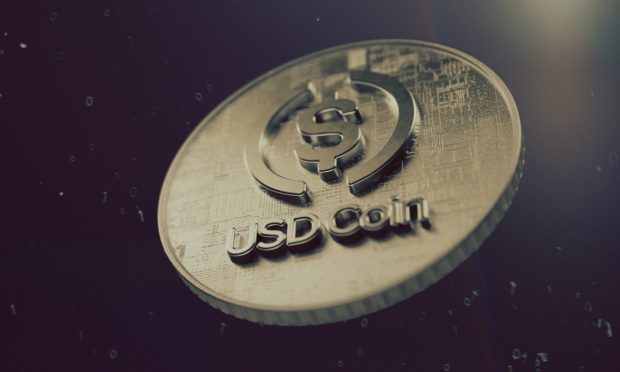US Treasury’s Scrutiny Points to Stablecoin’s Bumpy Regulatory Road

For stablecoins, the regulatory environment is looking anything but stable.
As these asset-backed digital offerings gain ground, and are being trialed across various use cases — especially for cross border payments — various agencies are examining their place within the financial services sphere at large.
As noted in this space, among the most visible investigations is the U.S. Department of the Treasury’s ongoing examination of the risks and rewards tied to the coins, in a market that has expanded, measured by market capitalization, to more than $125 billion.
Read more: U.S. Treasury Eyes Probe of Stablecoins’ Financial Risk
So: Get ready for the reports and the frameworks, the cautions, and perhaps the guardrails, dictating what stablecoins are and what they aren’t. The basic questions that would be addressed by the Treasury and any other number of agencies would focus on what the digital offerings might be backed with, and the underlying volatility of what we might term those “backing assets” might be. Consider the fact that Circle and Tether have in recent months sought to clarify and provide greater detail into the liquidity of their holdings.
Circle, in particular, has made a move to have its USDC coins backed by cash and U.S. Treasuries. That might be a nod toward anticipated regulatory mandates that stablecoins be backed by what would be considered the most liquid, and the least volatile choices on the global stage.
Read also: USDC Now Backed By Cash, US Treasuries
Setting Some Standards
But then again, it’s generally true that stablecoins can be backed by any external “peg” — a commodity like oil, perhaps, or a basket of currencies or gold. We contend that there could be levels of complexity that come as stablecoins are used in derivatives, where the “underlying” peg can be obscured a bit, or where the pegs themselves are more volatile than had been anticipated (which can happen during times of economic stress).
There’s at least some indication of the bumpy road stablecoins could endure in another way — when the conduits to getting them, buying them and selling them in the first place, through the exchanges themselves, face pressure.
South Korea offers an example here, of course, as the country’s Financial Services Commission regulatory agency has been cracking down on the exchanges, and traders face billions of dollars’ worth of losses in the meantime. Under those new rules, which take effect later in the month, crypto exchanges that use Korean currencies have to register with authorities (this applies to foreign crypto exchanges too). It follows that as some exchanges close — the FT has said as many as 40 of the 60 exchanges in that country could shutter — new stablecoin issuance or use could experience a chilling effect.
See also: S. Korean Crypto Traders Expect New Market Rules to Cause $2.6B in Losses
Even El Salvador, which has of course embraced bitcoin, has been looking into launching its own stablecoin (the colon), which would conceivably be used in day to day commerce. We’re already partly there, as The Wall Street Journal reports that in El Salvador, people who convert their bitcoin to dollars actually receive dollar stablecoins (not actual currency) in their digital wallets.
If that stablecoin concept and practice continues to make inroads a native stablecoin (not backed by the dollar, but conceivably something else) could represent a way for El Salvador — and a blueprint for other nations — to create their own ways of circumventing the dollar’s overwhelming status on the world stage. Which, we note, would worry U.S. regulators, and especially the U.S. Treasury, even more.
